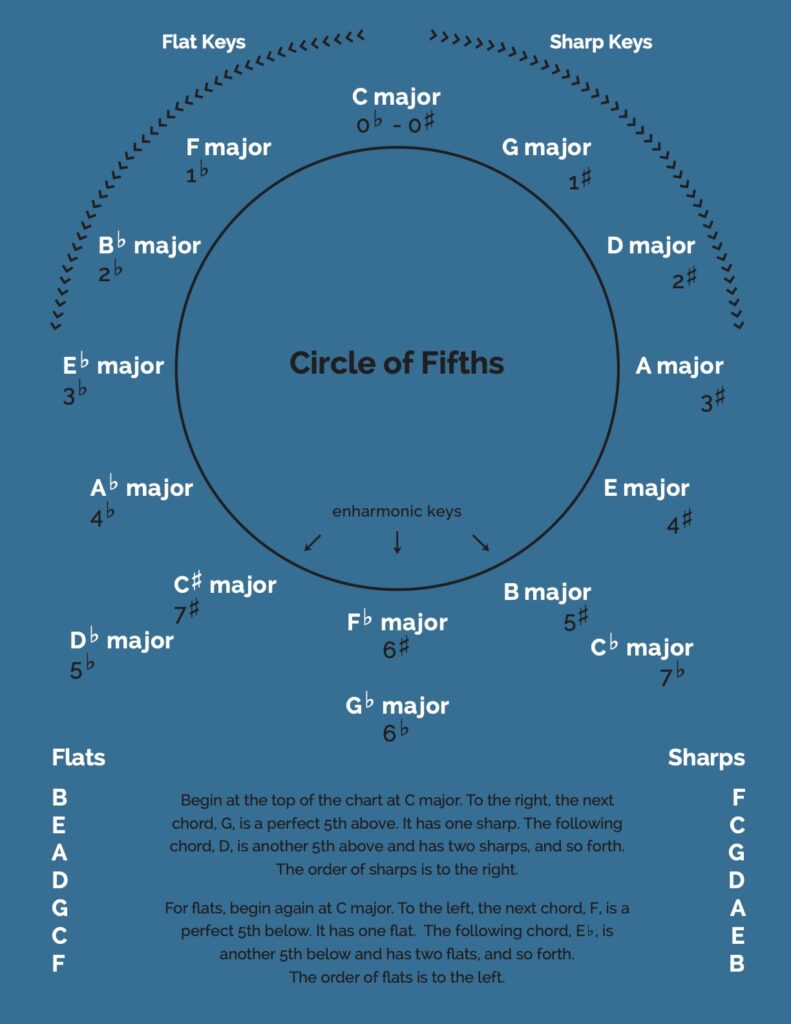You might be asking yourself, “How can I improvise? How do I start?” These are questions students ask me, and honestly, I have been working on finding answers to these same questions for decades!
As a harpist, most of us learn how to read all of the little black dots on the page with accuracy. We often have practiced with such scrutiny that to play something off the page feels strange or wrong. I have met many classically-trained musicians who would agree.
Before I give you a couple of tips on how to improvise, let’s look back to our beginnings of playing music, to a time before we “knew” how to “play.” I am willing to bet that the first time you touched your instrument, you were as curious as a child. Have you ever watched a group of pre-schoolers play? They naturally grab objects and play pretend, never second-guessing themselves. With this “beginner’s mind,” let’s start improvisation.
Tip #1
Own it. Act like every sound you make is intentional, even if it surprises you.
#2
Use chord symbols in the music notation to give you clues on what notes might sound good, in addition to the notes written.
#3
Know the scale you are playing and don’t leave it.
#4
Know the scale you are playing and leave it. (I know! What I said above also applies, but if you want to stretch your boundaries, you should.) Brazilian writer Paulo Coehlo said “A boat is safe in the harbor. But this is not the purpose of a boat.” What I mean is: Explore. You can always come back to dock in your comfort zone original key. But you are not anchored down.
#5
Play freely. Breathe deeply.
#6
Exercise in Dorian mode. Dorian is the second mode; modes are the ancient scales. Before our instruments got sophisticated around the 17th and 18th Centuries, musicians would play in modes more often than we do now. Using solfeg (do-re-mi), move your do to D. Dorian mode is a D to D scale when you are tuned to C. Start off playing a bass pulse here, either a D drone or something else. Pick a meter, like 3/4. Once you get your bassline pattern going, then you can add a melody of sorts. Play the white strings on your harp, keep that bassline going, and ta da! Song.
#7
Play your song backwards. J. S. Bach did it. Some say he was the first improviser of Western music. Now, whether backwards to you means quarter note for quarter note in reverse, or measure by measure, or chord change by chord change, or a combination of those matters only to you. Innocent ears will never know.
#8.
Use the Circle of 5ths. If this is a mystery to you, you are not alone. Seek no further. I’ve created a Circle of 5ths Class 2.0 specific for harpists, though anyone can benefit from the theory. Once you understand the workings how the circle flows from note to note, you can use this as a springboard for a key change, chord progression, or melody.
#9
Play through the awkwardness (yes, it’s bound to happen). Don’t stop, just keep going and trust in your abilities. Embrace your mistakes. Miles Davis famously said there are none.
#10
Play with others! I cannot encourage this last tip enough. Regular meetups and jam sessions solidify commitment and develop your ears. You will begin to hear more, and will hopefully play less. What I mean is, half of music is listening.
Improvising is a practiced skill just like cooking or roller skating. Once you learn the basics, it can be a philosophy for life. Improvising in music can teach you how to roll with the changes that life brings you.

Thank you very much for these tips on how to improvise. I have thought about it often, but had no idea where to begin. These ideas sound fascinating. I am going to begin by playing with the Dorian mode. Thanks again!
Play it backwards. This made my brain go, “Huh?!” Very cool idea.